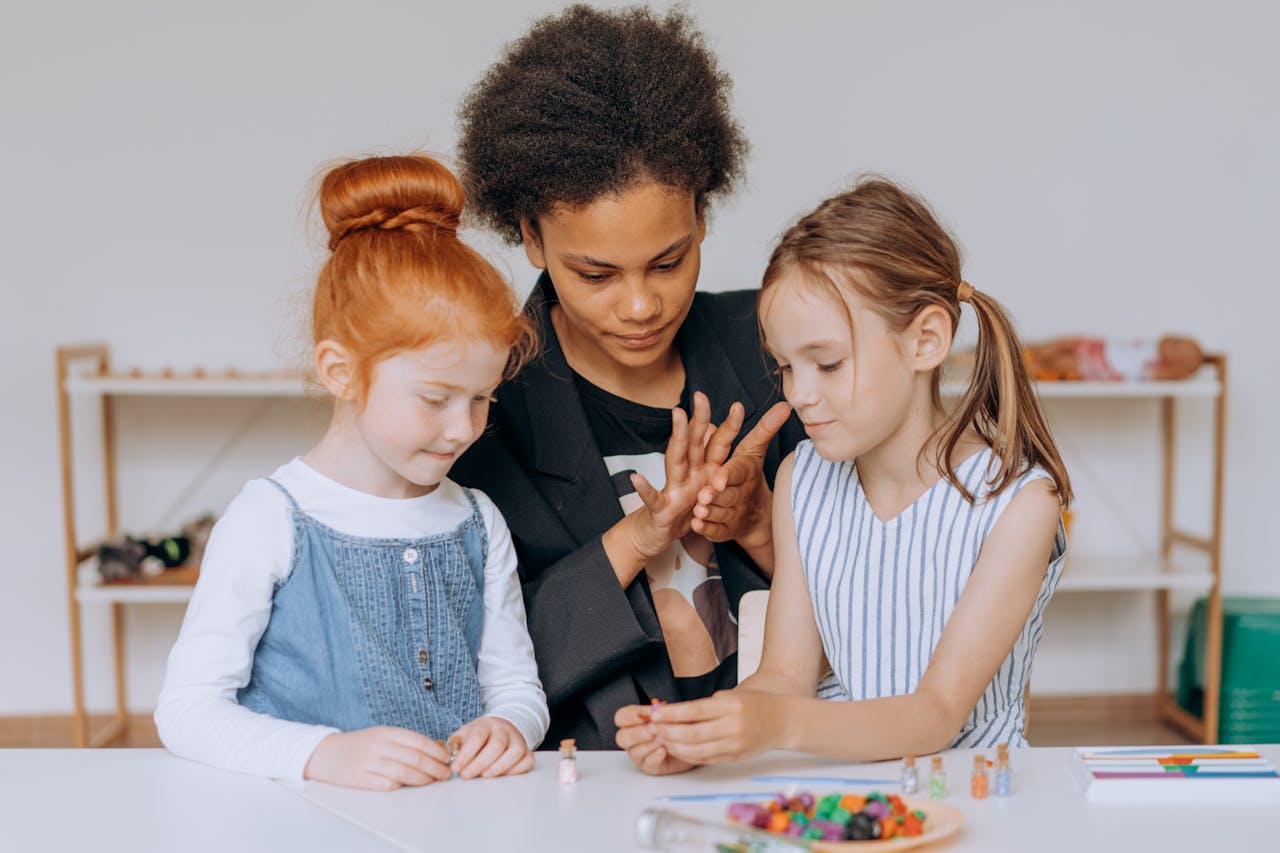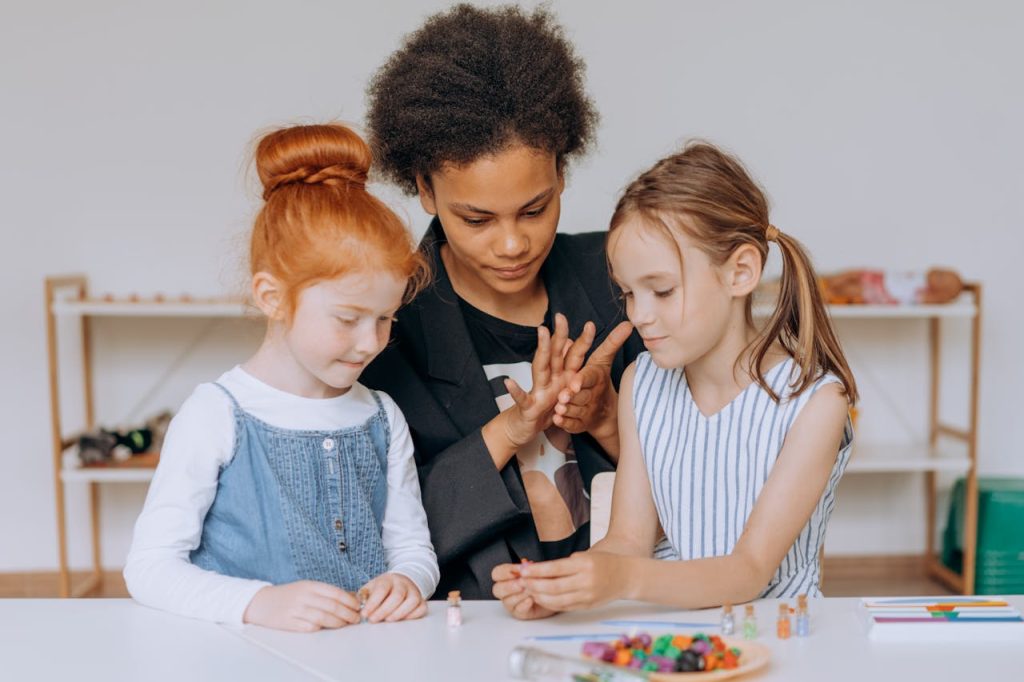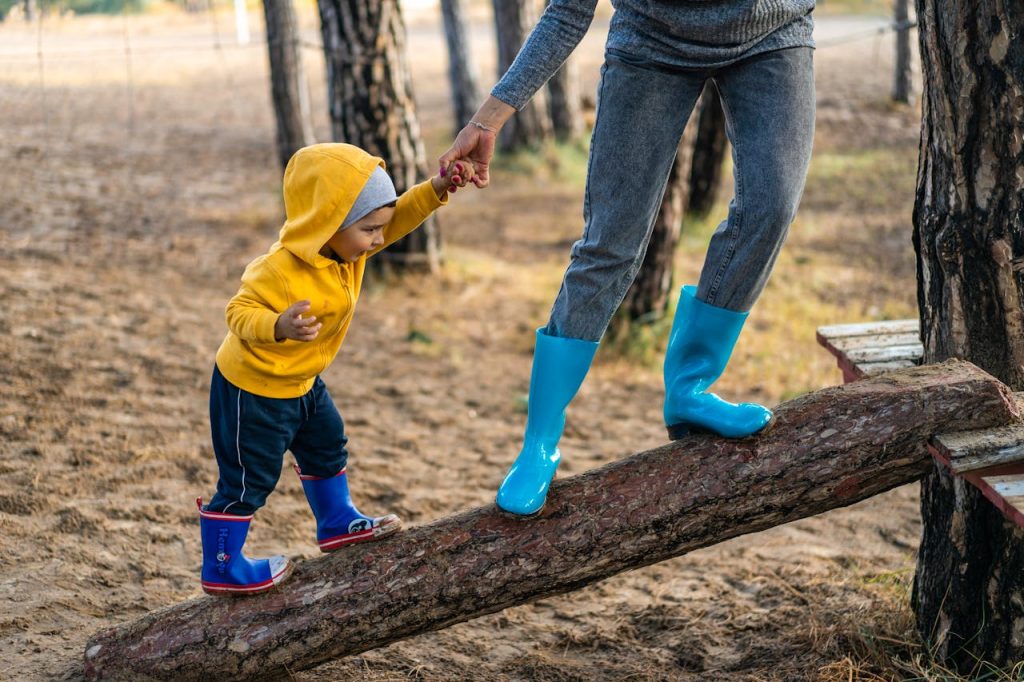
Teaching Kids to be Thankful
Teaching kids to be thankful is a vital aspect of their emotional and social development. It fosters empathy, resilience, and a positive outlook on life. Here’s an elaboration on how to instill gratitude in children:
Lead by Example:
Children learn best through observation. Model gratitude in your daily life by expressing thanks regularly, whether it’s appreciating a kind gesture from someone or acknowledging the beauty of nature. Let them see you write thank-you note, express appreciation verbally, and show gratitude for the little thing
Encourage Reflection:
Help children develop a habit of reflecting on the positive aspects of their lives. Create opportunities for them to think about what they’re thankful for, whether it’s during family conversations, bedtime routines, or mealtime prayers. Encourage them to focus on the people, experiences, and things that bring them joy and appreciation.
Practice Gratitude Rituals:
Incorporate gratitude rituals into your family’s routine. This could be a daily practice of sharing one thing you’re grateful for at dinner or bedtime, keeping a gratitude journal where children can write or draw their blessings, or creating a gratitude jar where they can add notes of appreciation.
Highlight Acts of Kindness:
Draw attention to acts of kindness and generosity, both big and small. Discuss how these actions impact others and the ripple effect of kindness in the world. Engage children in acts of giving and volunteering to help them understand the value of helping others and making a positive difference.
Teach Perspective-Taking:
Help children develop empathy by encouraging them to consider the perspectives and feelings of others. Discuss different situations and how people might feel in those circumstances. Engage in activities that promote empathy, such as role-playing or storytelling, to help children understand and appreciate the experiences of others.
Limit Materialism:
In a consumer-driven society, it’s essential to teach children that happiness and fulfillment come from experiences and relationships, not material possessions. Encourage gratitude over materialism by focusing on intangible gifts like love, friendship, and nature. Teach children to appreciate what they have rather than constantly striving for more.
Use Positive Reinforcement:
Acknowledge and praise children when they express gratitude or perform acts of kindness. Positive reinforcement helps reinforce these behaviors and encourages children to continue practicing gratitude. Celebrate their efforts and achievements, no matter how small, to nurture a positive attitude towards thankfulness.
Be Patient and Consistent:
Cultivating gratitude is a lifelong journey that requires patience and consistency. Understand that developing a grateful mindset takes time, and children will need guidance and reinforcement along the way. Be consistent in your efforts to teach gratitude and reinforce its importance in your family values.
By incorporating these strategies into your parenting approach, you can help nurture a sense of gratitude and appreciation in your children, laying the foundation for a happier, more compassionate, and fulfilling life.






